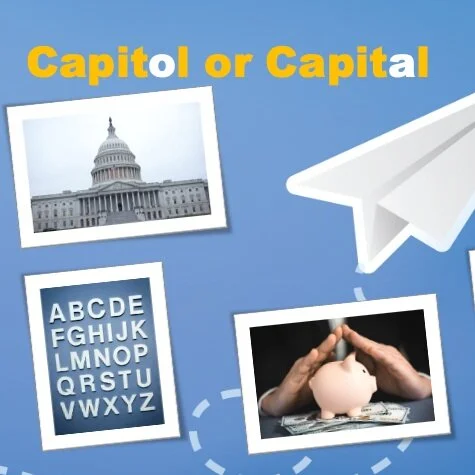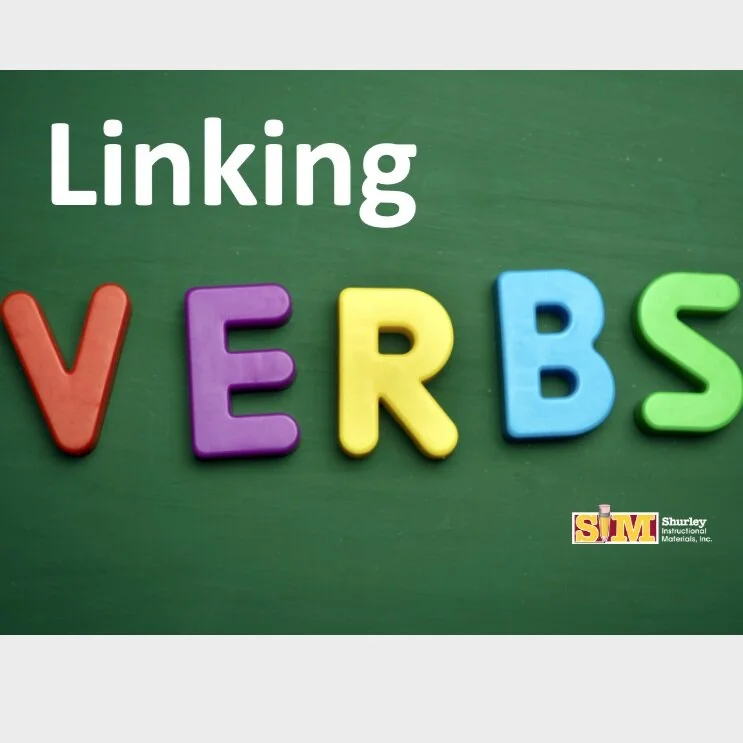For my birthday, I received a beautiful interior sliding barn door as a gift. I envisioned that this hefty, rustic door was going to be a unique addition that would bring more style to my home. With a few extra hands, how hard could this DIY project be if we just followed the instructions? Right?
Well, it wasn’t as easy as I thought it would be!
Have you ever experienced a situation when you didn’t need to read the directions for a simple recipe or to assemble a new toy? I’d venture to say that sometimes that works out, but not every time. Even when you’ve read the instructions, they sometimes aren’t clear enough to get the final product you’d hoped for. If that’s the case, you may end up with holes in your wall and a barn door that is now taking up space leaning against the wall. (Ugh!) When it comes to reading the directions every time, I’m just as guilty as the next person—I don’t always do it.
In the classroom, many students bypass the instructions and head straight to number one on the assignment. Shurley English students are not immune to this; it happens all the time. As a teacher, it’s frustrating and heartbreaking to see the defeat in a child’s eyes when they realize they haven’t followed the directions and must start the assignment over.
Read More











































































































